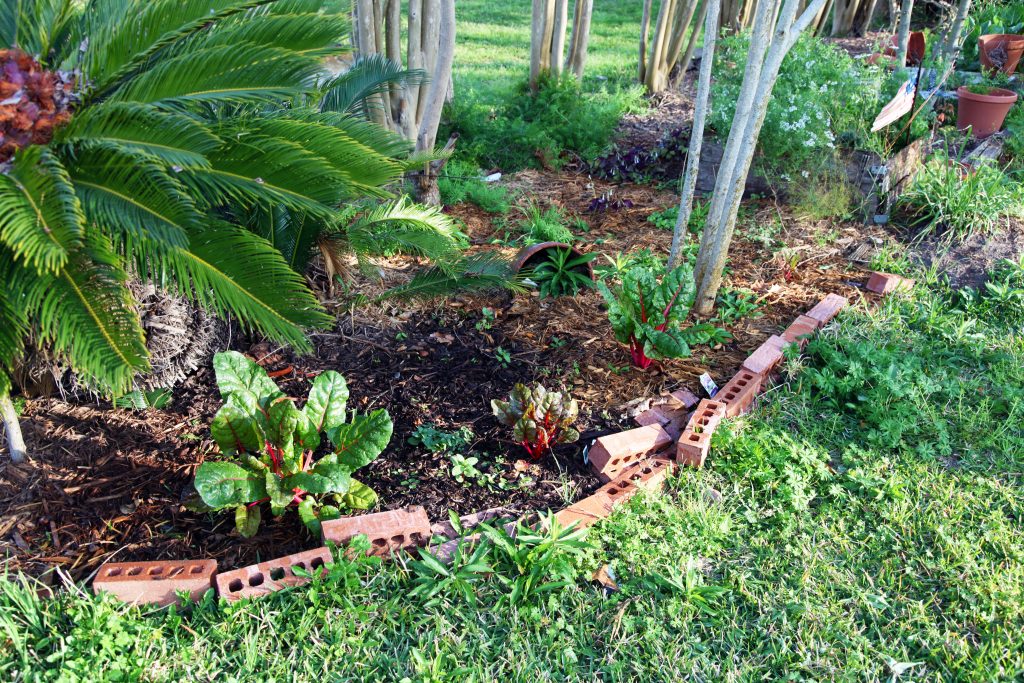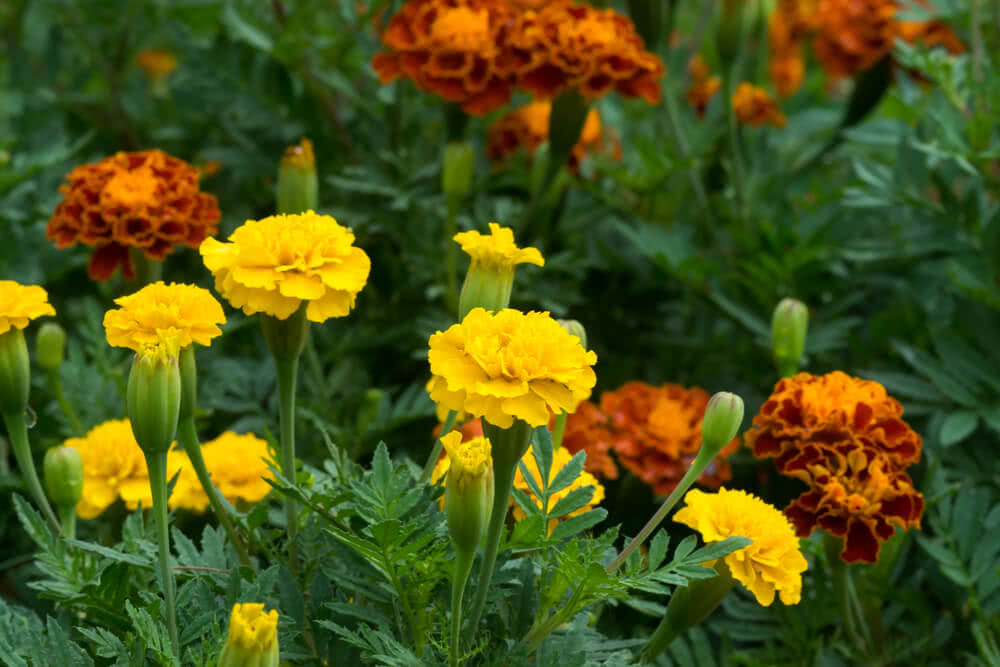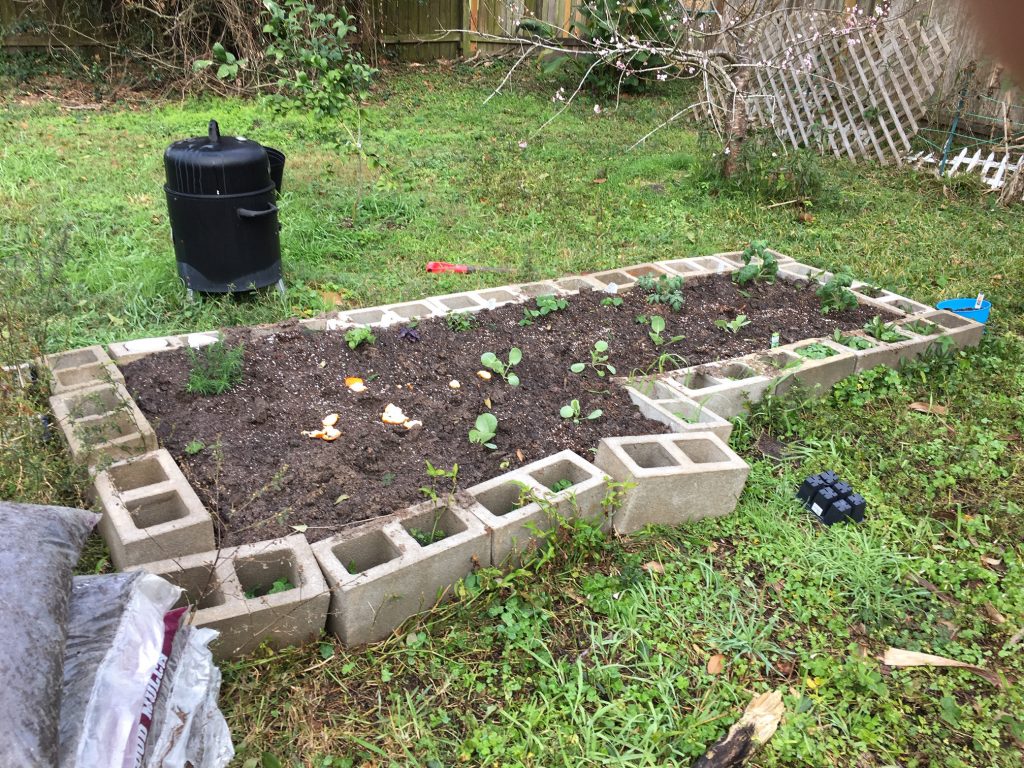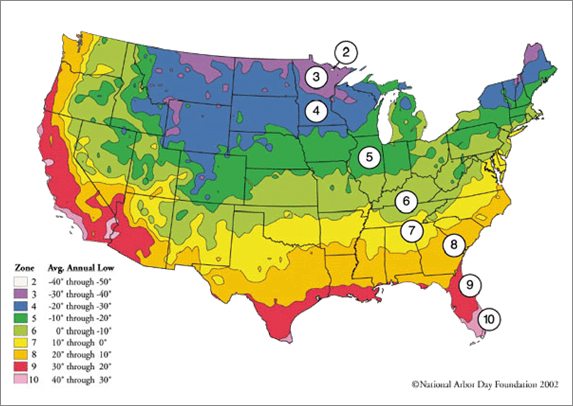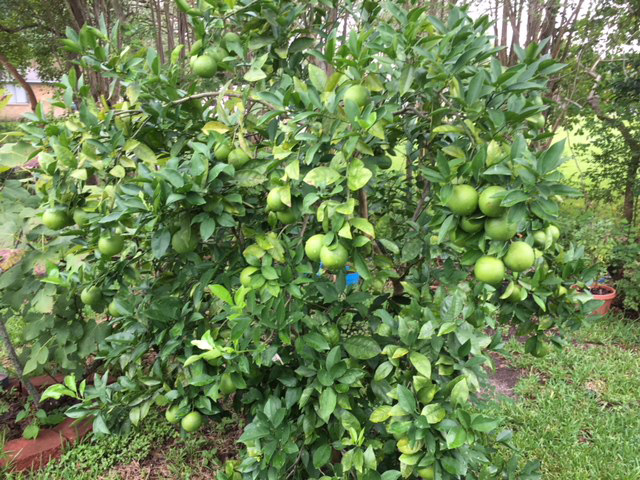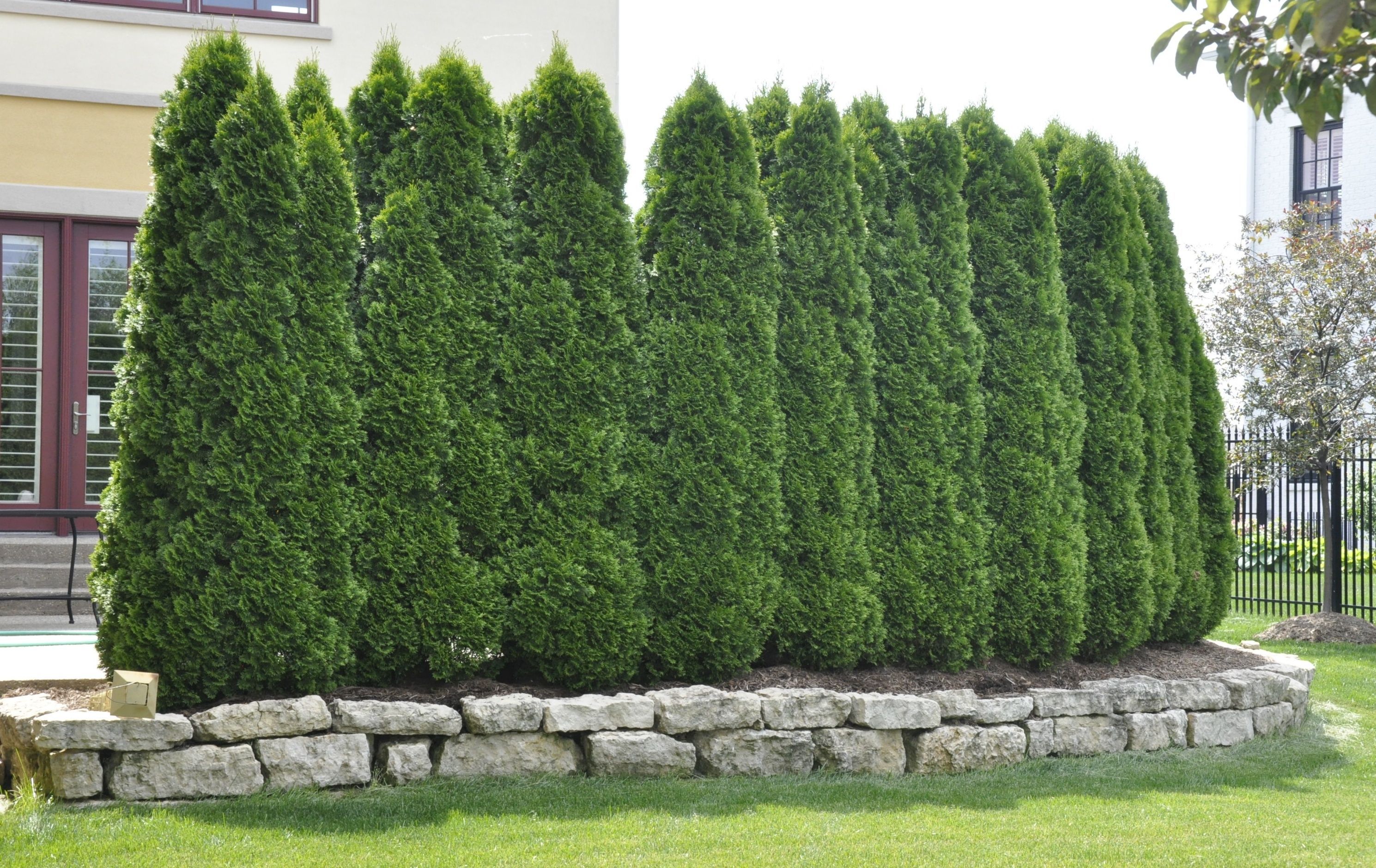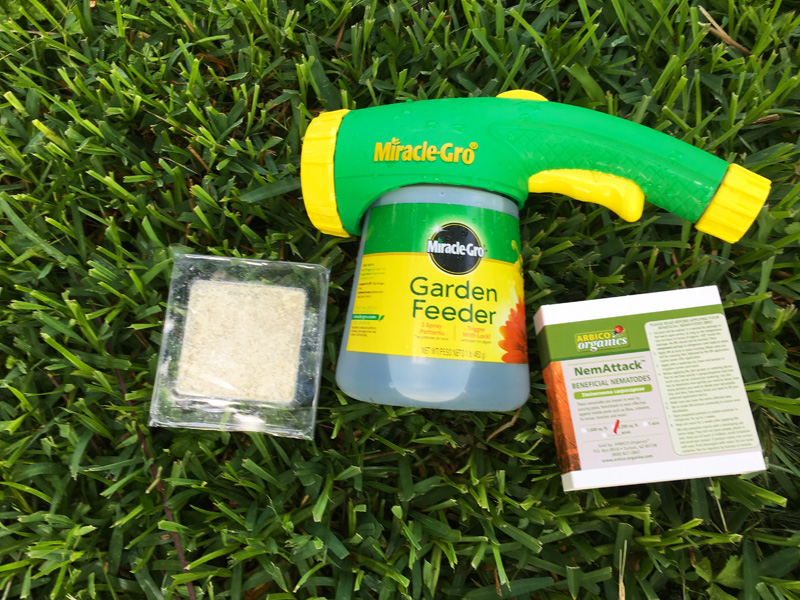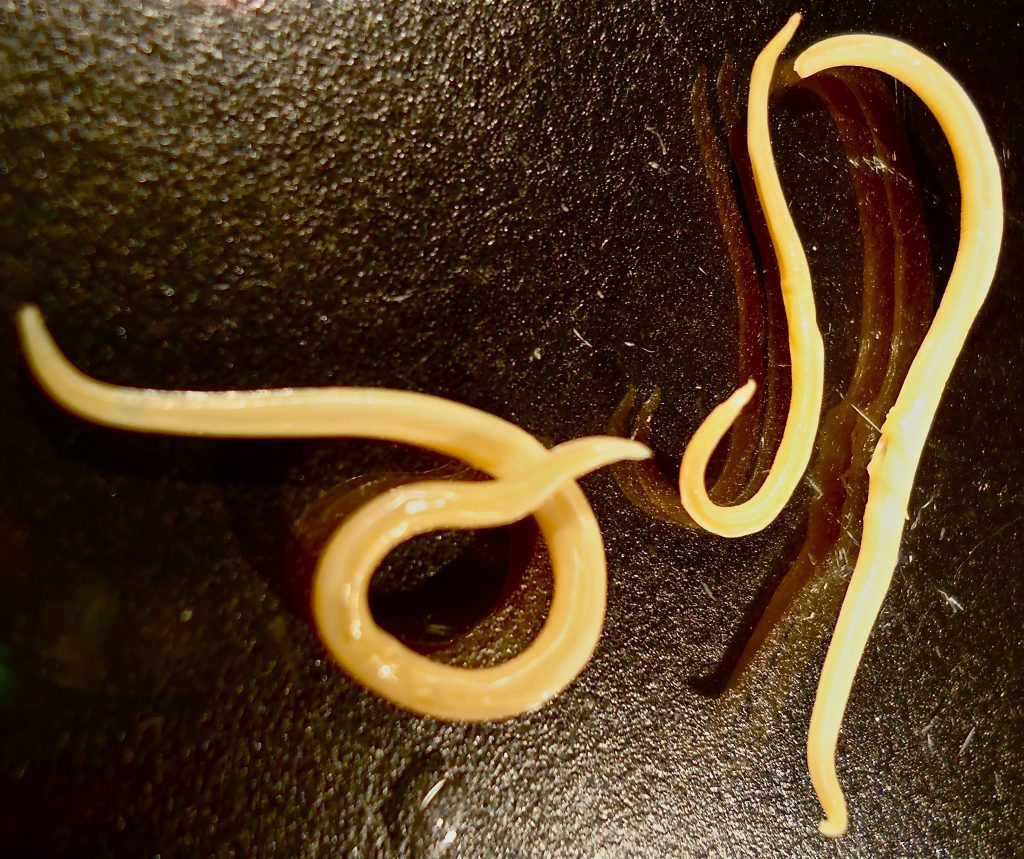And How to Grow Hibiscus for Tea at Home
by Kelly R. Smith
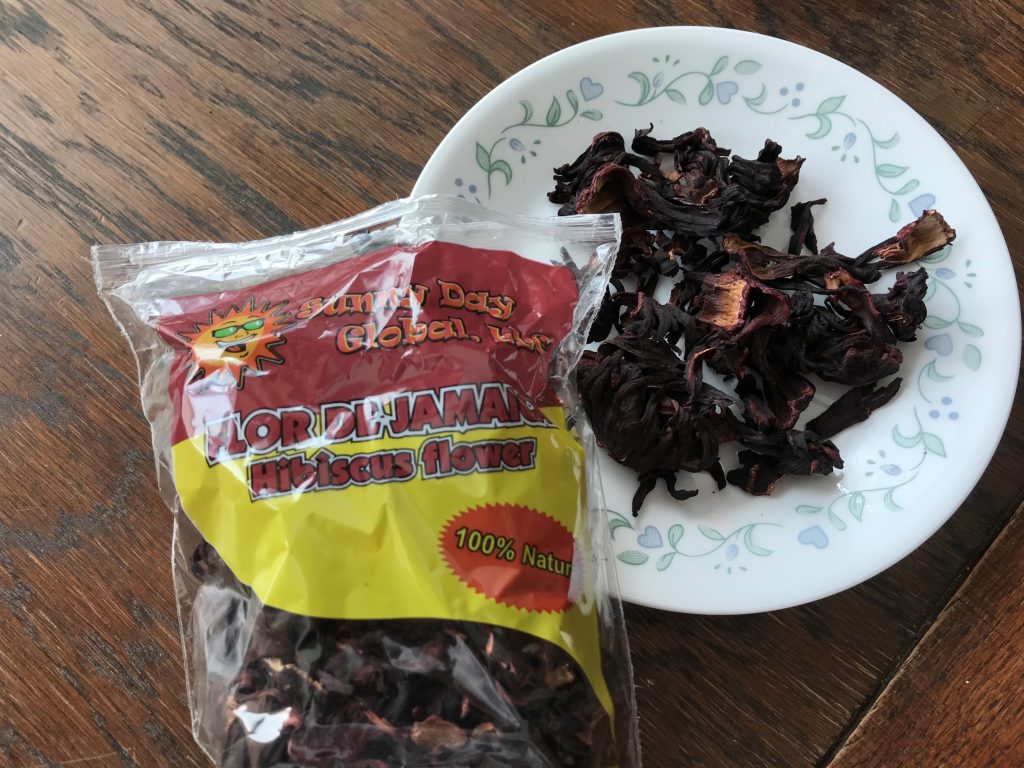
|
Ads we feature have been independently selected and reviewed. If you make a purchase using the links included, we may earn commission, which helps support the site.
Hibiscus tea (sometimes called “sour tea”) might not be so well known in the USA but it certainly is in other parts of the world. I’ve been drinking it for a few years now, both for the taste and the health benefits; it’s another item in my toolbox to keep my blood pressure in a reasonable range.. I add it to the grounds of my cold brew coffee maker, sometimes with fresh mint from my garden. Yeah, I know; wild, living on the edge. There are several hundred species of hibiscus plants that vary by the location and climate they are grown in, but Hibiscus sabdariffa or roselles is most commonly used to make hibiscus tea. As a bonus, they are stunning in tropical landscape plantings. But we are here to talk about the health benefits of hibiscus tea.
Health Benefits of Hibiscus Tea
- It lowers blood pressure. This is a big one for me. All blood pressure medications have side effects. For me, I take lisinopril, an ACE inhibitor. It causes coughing and the feeling of being lethargic. Rebekah Edwards says, “A 2013 review by the University of Arizona discovered that hibiscus tea is used in 10 or more countries as a normal hypertension treatment without any reported adverse events or side effects — except in extremely high doses.”1
- It’s packed with antioxidants. What are antioxidants? They are molecules that help fight compounds we call free radicals, which inflict damage to your cells. The National Library of medicine noting their study says, “Hibiscus anthocyanin extract has reducing power that is approximately 2-fold that of the synthetic antioxidant, butylated hydroanisole.”2 Other than hibiscus, many other foods contain them; tart cherries are a good example.
- It supports healthy cholesterol and triglycerides. Dyslipidemia is a type of disorder that is characterized by noticeable changes in plasma lipids or lipoproteins, including two you are probably familiar with: cholesterol and triglycerides. As with blood pressure, hibiscus tea’s ability to reduce high “blood lipids” also extends to those with diabetes. A 2009 study had diabetes patients drink hibiscus tea two times a day for a full month and they found a significant increase in HDL (good) cholesterol and a marked decrease in total cholesterol, LDL (bad) cholesterol and triglycerides.
- It may help to lower blood fat levels. The National Library of medicine citing a study of sour tea (ST) and black tea (BT) says, “The results of the present study showed that ST has a significant effect on blood lipid profile in patients with diabetes.”3 Many studies have shown that hibiscus tea reduces blood cholesterol and triglycerides in people suffering from diabetes and metabolic syndrome. That said, other studies have shown conflicting results. Obviously, more research is needed in the general population.
- It prevents oxidative stress. Like most healthy teas on the market, hibiscus is chock full of antioxidants that combat free radical damage caused by substandard nutrient diets and frequent exposure to dangerous chemicals. These antioxidants are found primarily in the anthocyanins of the plant, the natural pigments that give this flower its brilliant red color.
- It may boost liver health. Your liver is essential to your overall health. Some of its jobs include producing proteins, secreting bile, and breaking down fat. One small human research study found that supplementing with hibiscus tea raised the antioxidant load in the bloodstream as well as reducing compounds that contribute to oxidative stress that damages cells.
- It shows promise in fighting certain cancers. Although this idea is only starting to gain traction, there is already some evidence to support hibiscus tea’s anticancer power. It has been shown that hibiscus extracts cause apoptosis, or cell death, in leukemia cells. Although the exact mechanisms behind this aren’t clear as of yet, this could be a promising step in the ever-going fight against leukemia, which affects about a quarter of the children and adolescents currently struggling with cancer.
- It reduces obesity and related risks. How? Human and animal studies have found a link between hibiscus tea and an elevated metabolism. Hibiscus extract may even inhibit you from absorbing as much starch and sucrose as you might from a typical meal. One study in particular gave 36 overweight participants either hibiscus extract or a placebo. After 12 weeks, hibiscus extract reduced body weight, body fat, body mass index and hip-to-waist ratio

Growing and Preparing Hibiscus for Tea at Home
Test your soil pH in a well-draining area that receives full sun at least six months before planting if possible, and, if needed, amend it using elemental sulfur or dolomitic lime to adjust the pH to between 6.1 and 7.8. The do best in humus-rich soil and full sunlight.
Harvest your flowers after they have bloomed. You want the calyxes (the main body of the flower). They should snap right off. Once you have your harvest, complete the steps to prepare and dry them. This video explains it in detail.
Can you benefit from hibiscus tea? Of course! There’s something for everybody and if you grow your own supply you will save money and be certain it is organic.
Others are Reading
- 4 Ways to Affordably Landscape Your Yard
- Zulay Cold Brew Coffee Maker – Product Review
- Growing Mint: An Herb Garden Staple
- How Blood Pressure Medication Affects Your Running
- Health Benefits of Tart Cherries
- How Caffeine Created the Modern World
- 10 Signs of Nutrient Deficiency
- How to Lower High Blood Pressure Naturally
Reference
- .Rachael Link, Dr. Axe, Hibiscus Tea: The Antioxidant ‘Therapeutic Agent’ You Should Be Drinking, https://draxe.com/nutrition/hibiscus-tea/
- Taofeek O Ajiboye, et al, National Library of medicine, Antioxidant and drug detoxification potentials of Hibiscus sabdariffa anthocyanin extract, https://pubmed.ncbi.nlm.nih.gov/21314460/
- Hassan Mozaffari-Khosravi, et al., National Library of medicine, Effects of sour tea (Hibiscus sabdariffa) on lipid profile and lipoproteins in patients with type II diabetes, https://pubmed.ncbi.nlm.nih.gov/19678781/
Did you find this article helpful? Millions of readers rely on information on this blog and our main site to stay informed and find meaningful solutions. Please chip in as little as $3 to keep this site free for all.


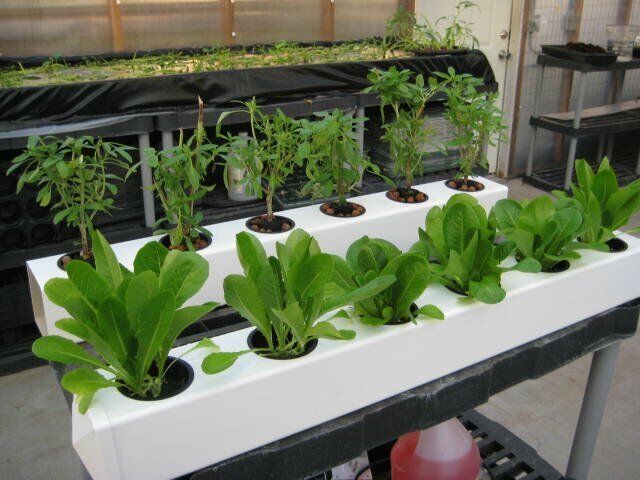

 Kelly R. Smith is an Air Force veteran and was a commercial carpenter for 20 years before returning to night school at the University of Houston where he earned a Bachelor’s Degree in Computer Science. After working at NASA for a few years, he went on to develop software for the transportation, financial, and energy-trading industries. He has been writing, in one capacity or another, since he could hold a pencil. As a freelance writer now, he specializes in producing articles and blog content for a variety of clients. His personal blog is at
Kelly R. Smith is an Air Force veteran and was a commercial carpenter for 20 years before returning to night school at the University of Houston where he earned a Bachelor’s Degree in Computer Science. After working at NASA for a few years, he went on to develop software for the transportation, financial, and energy-trading industries. He has been writing, in one capacity or another, since he could hold a pencil. As a freelance writer now, he specializes in producing articles and blog content for a variety of clients. His personal blog is at 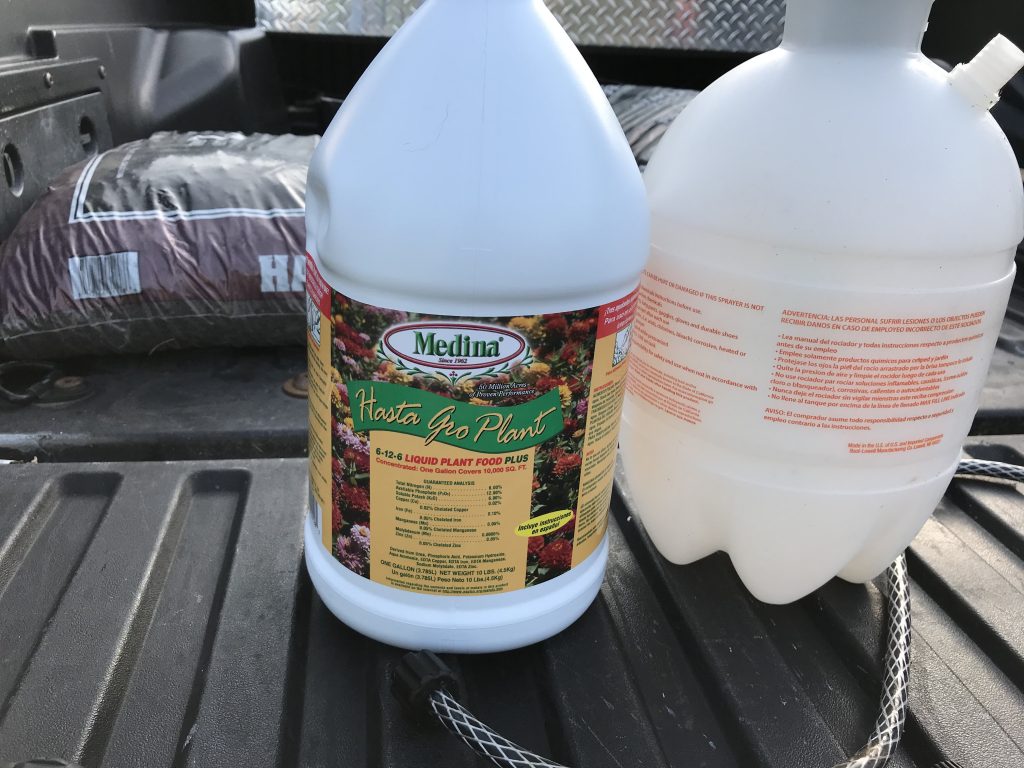
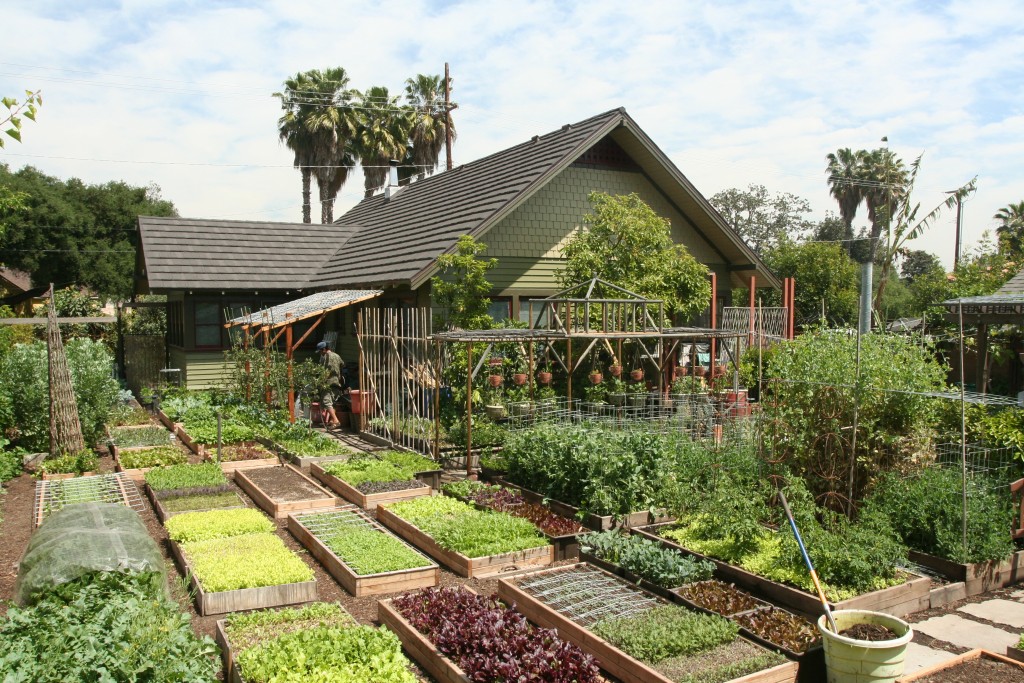
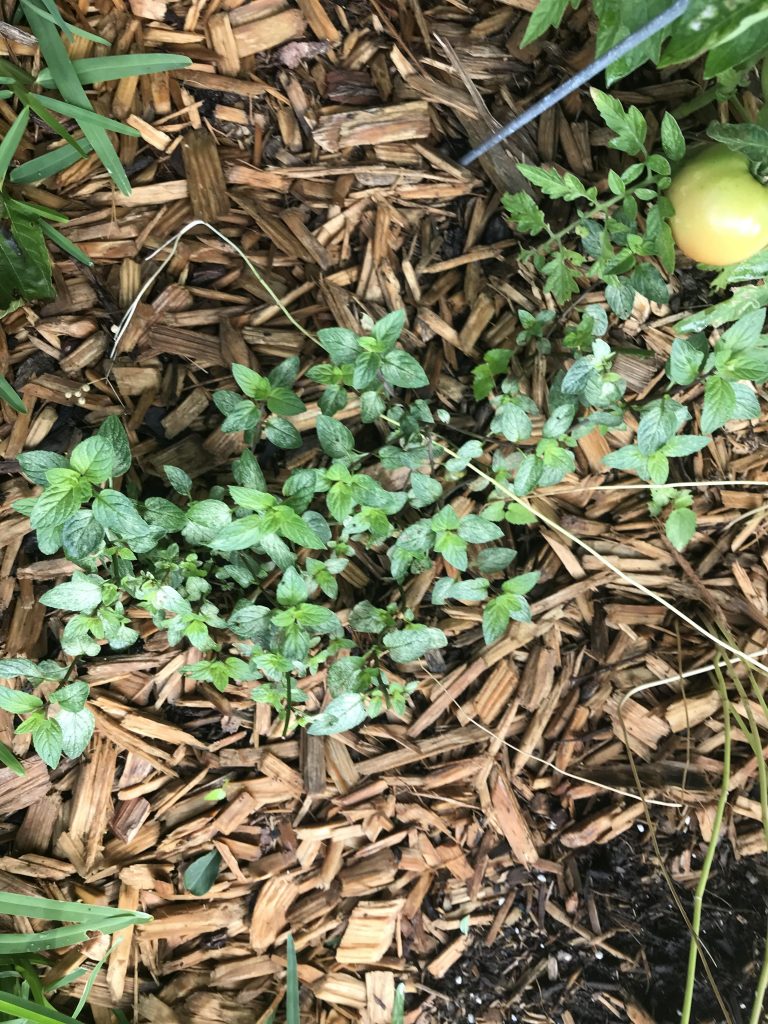
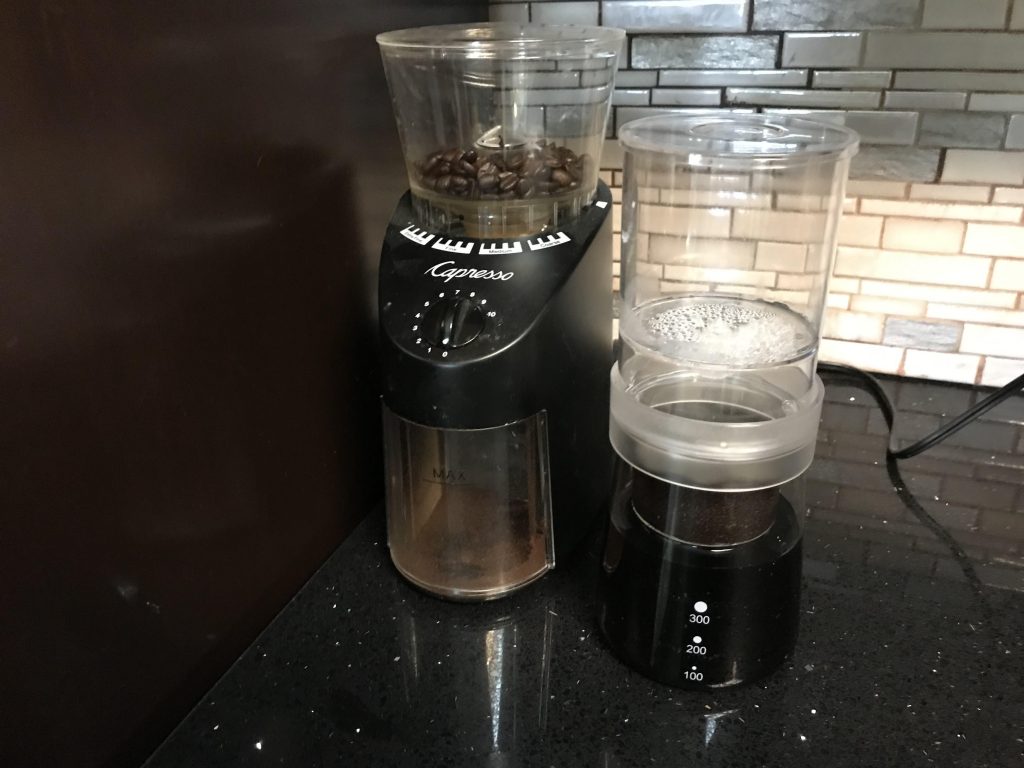

 Kelly R. Smith is an Air Force veteran and was a commercial carpenter for 20 years before returning to night school at the University of Houston where he earned a Bachelor’s Degree in Computer Science. After working at NASA for a few years, he went on to develop software for the transportation and financial and energy trading industries. He has been writing, in one capacity or another, since he could hold a pencil. As a freelance writer now, he specializes in producing articles and blog content for a variety of clients. His personal blog is at
Kelly R. Smith is an Air Force veteran and was a commercial carpenter for 20 years before returning to night school at the University of Houston where he earned a Bachelor’s Degree in Computer Science. After working at NASA for a few years, he went on to develop software for the transportation and financial and energy trading industries. He has been writing, in one capacity or another, since he could hold a pencil. As a freelance writer now, he specializes in producing articles and blog content for a variety of clients. His personal blog is at 